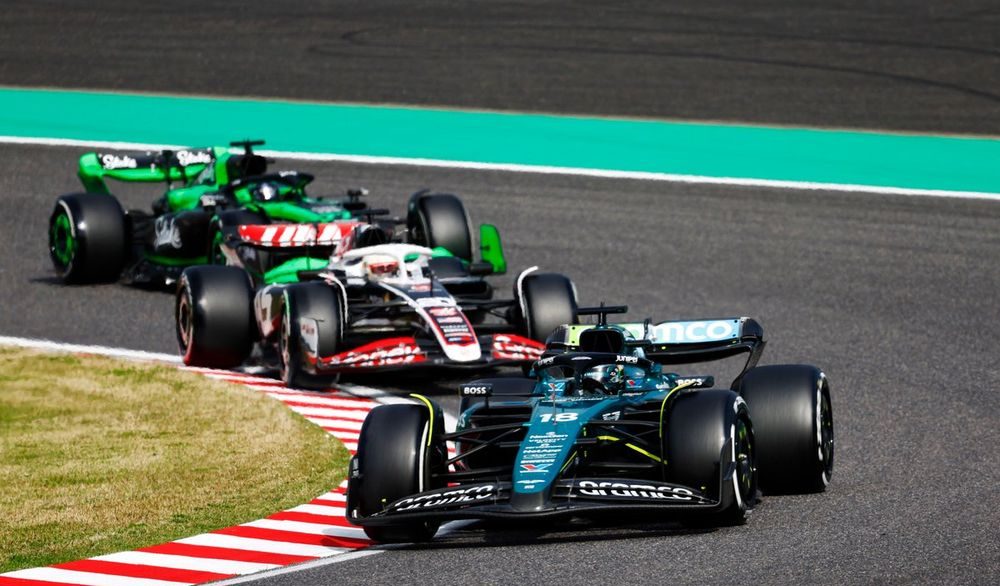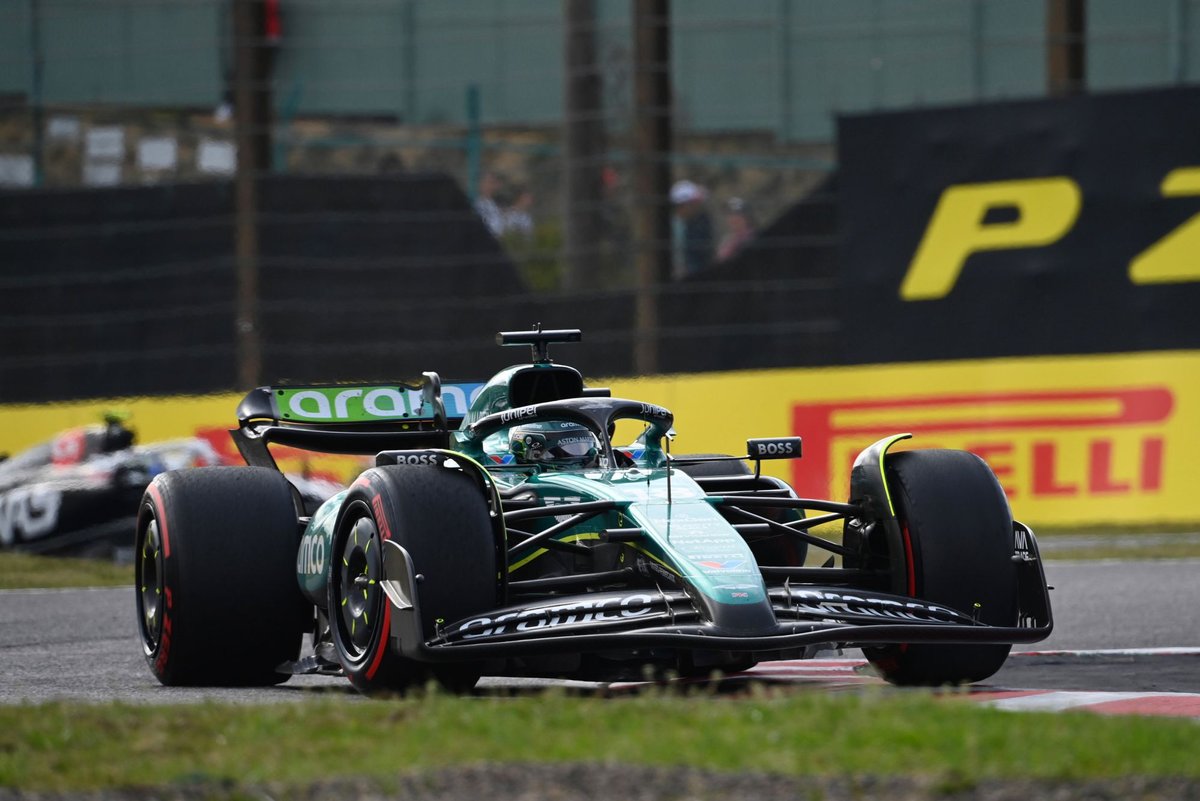After a disappointing qualifying session left Lance Stroll starting 16th on the grid at Suzuka, he found himself battling through the field during the race. Despite making progress, he finished 12th. However, frustration arose when he encountered Yuki Tsunoda’s Red Bull car, notably feeling outpaced on the straights.
Stroll’s frustration echoed Fernando Alonso’s famous ‘GP2 engine’ radio message during the 2015 Japanese Grand Prix. However, unlike Alonso’s complaint against Honda engines, Stroll’s issue was different. Aston Martin had improved aerodynamic efficiency since last year, meaning the problem wasn’t directly related to straight-line speed.

Team principal Mike Krack clarified that Stroll’s complaint wasn’t due to Aston Martin’s lack of top speed. Instead, it was an illusion caused by rivals having better traction out of corners, enabling them to accelerate faster and reach higher speeds earlier. Krack emphasized the impact of varying tire conditions throughout the race.
Krack explained that small differences in straight-line performance exist across the field, but the acceleration out of corners, influenced by tire conditions, plays a significant role. He pointed out that comments like Stroll’s stem from these varying conditions, rather than inherent deficiencies in the car’s power or aerodynamics.
Data from the Japanese Grand Prix showed minimal differences between Stroll and Tsunoda in terms of speed. Despite Stroll’s complaint about being outpaced on the straights, the sector two-speed trap data demonstrated only slight variances between the two drivers’ top speeds, highlighting the influence of tire conditions and corner exits on overall performance.

